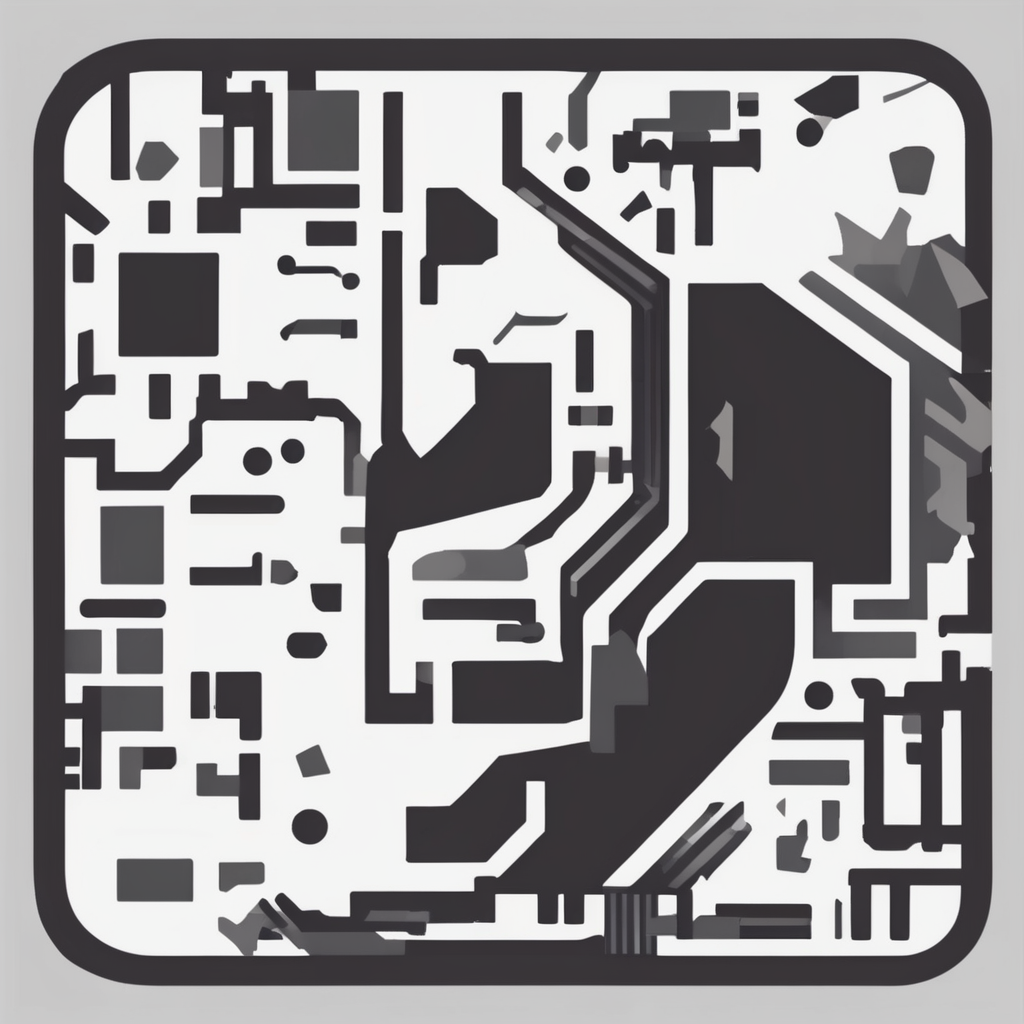Digital product design studios excel in crafting innovative solutions through a blend of creativity and strategic thinking. By leveraging design thinking techniques and collaborative processes, these studios transform complex problems into engaging user experiences. This article explores successful case studies, highlights impactful methodologies, and shares insights on how design can drive business outcomes. Discover how fostering creativity can lead to remarkable innovations in the digital landscape.
Innovative Problem-Solving in Digital Product Design
https://realistack.com/ demonstrates a forward-thinking approach essential for today’s rapidly evolving market. Their strategy begins with an innovative product design philosophy, anchored in creative and user-centered design solutions that redefine conventional processes. By incorporating principles like design thinking methods and emphasizing enhancing user engagement, such strategies are tailored to meet specific needs, effectively addressing user pain points.
Also to discover : Top proxy solutions for navigating chinese internet access
Digital product strategies are shaped around thoroughly understanding project goals and the intended audience, as seen in the user-centered design process. This method not only enhances the user experience but also ensures that the final design is largely intuitive and functional, intertwining aesthetics and usability perfectly.
Case studies from https://realistack.com/ reveal how successful creative design solutions can be when aligned with digital strategies. Leveraging prototyping techniques and agile methodologies, they efficiently navigate design challenges, ensuring rapid MVP development. This facilitates a dynamic refining process, integrating consistent feedback to continually improve the product. By prioritizing user needs and iterative design processes, Realistack ensures that their solutions not only meet but often exceed customer expectations.
This might interest you : Unlocking access: exploring proxy chinese solutions
Collaboration and Process in Design
Collaborative design emphasizes teamwork and open communication to achieve shared creative goals. It involves a structured process with iterative cycles of ideation, prototyping, and feedback. By bringing diverse perspectives together, collaborative design enhances innovation and problem-solving in the creation of effective and user-centered solutions.
Importance of Collaboration in Design
Collaboration in design is more than a buzzword—it’s a strategic approach that integrates diverse perspectives, enriching creative outcomes. A collaborative environment ensures all stakeholders’ needs are addressed, resulting in more user-centered design processes. This approach not only fosters creative design solutions but also leverages innovative product design strategies essential for business success.
The Role of Cross-Functional Teams
Cross-functional design teams are pivotal in bridging gaps between different disciplines, ensuring cohesive and aligned project goals. These teams utilize a blend of skills and perspectives, essential for crafting digital product strategies tailored to specific project needs. By interweaving insights from marketing, development, and UX design, such teams ensure a holistic view, enhancing user experience design and overall project coherence.
Agile Methodologies for Rapid Development
Agile design methodologies are integral to managing the dynamic nature of digital products. By adopting an iterative design process, teams can adapt quickly to user feedback and evolving market conditions. This flexibility is vital for maintaining relevance in fast-paced industries. Embracing agile practices not only accelerates the product development lifecycle but also fosters continuous improvement and innovation.
Impact of Design on Business Outcomes
Design is no longer just an aesthetic consideration; it’s a strategic driver of business success. From user experience to branding, effective design influences customer perception, engagement, and ultimately, purchasing decisions. By investing in thoughtful design, businesses can enhance brand loyalty, improve customer satisfaction, and achieve significant financial returns.
Integration of Customer Feedback in the Design Process
Incorporating customer feedback is a pivotal step in the product development lifecycle. It ensures that the end product resonates with the user’s needs and expectations. Integrating feedback allows designers to refine their creative design solutions and align them with market demands, enhancing both user satisfaction and business success. Feedback loops, particularly in a user-centered design process, help identify pain points and areas for enhancement, driving continuous improvement and innovation.
Usability Testing Methods to Enhance User Experience
Effective usability testing is crucial for achieving a seamless user experience. By employing diverse usability testing methods, design teams can gain insights into how users interact with a product, revealing potential usability issues. Methods such as iterative testing phases and real-world scenario testing not only improve user engagement but also inform the digital product strategy, ensuring that products are intuitive and user-friendly. This process aids in the effective implementation of responsive design principles and technology-driven design solutions.
Analyzing the Business Impact of Innovative Design Solutions
Innovative design directly influences business outcomes by improving customer satisfaction and loyalty. By utilizing technology in design, companies can not only meet but exceed customer expectations. The impact of design on business success is evident in enhanced user engagement and streamlined operations. As businesses integrate innovative solutions, they often witness increased market competitiveness and a substantial return on investment, illustrating the transformative power of design in achieving business objectives.












